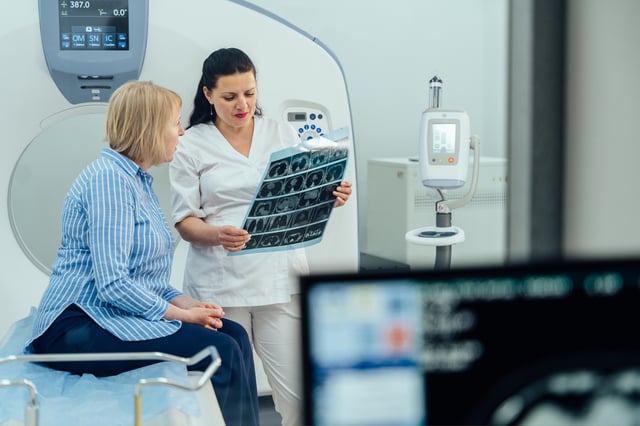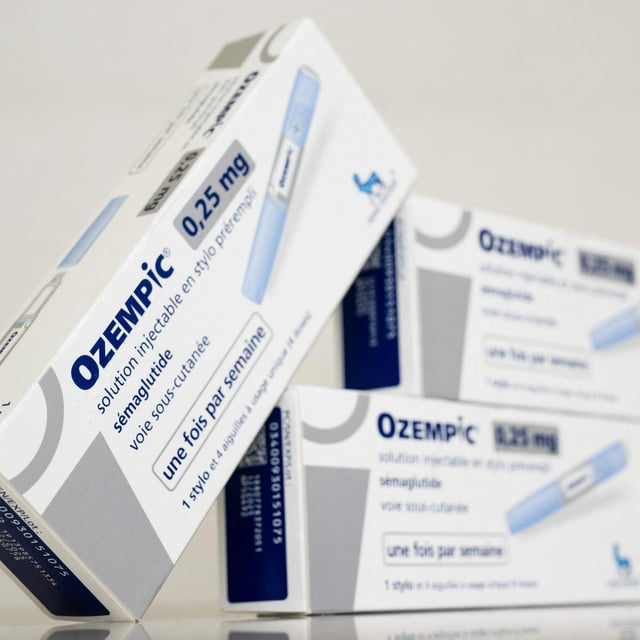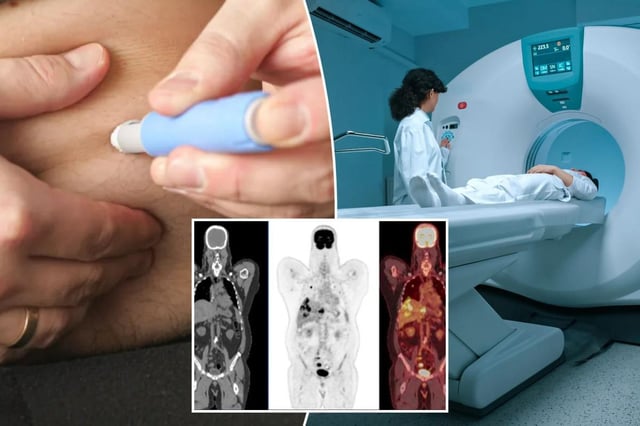Overview
- A retrospective case-series from Alliance Medical identified several unusual FDG distribution patterns on oncologic PET-CT in patients taking GLP-1 agonists, presented at EANM 2025 in Barcelona.
- Observed uptake in skeletal muscle, myocardium and brown adipose tissue could mask or mimic cancer and inflammation if medication histories are overlooked.
- The authors warn that misreads may trigger unnecessary investigations, incorrect cancer staging, treatment delays and added patient anxiety.
- The team does not advise stopping GLP-1 therapy or changing preparation; they note no explicit UK guidance, while Australian advice emphasizes fasting, morning scans and glucose control.
- With U.S. use up roughly 700% since 2019 and about one in eight adults having used a GLP-1, researchers are expanding multicenter and international data collection to inform future guidelines.



